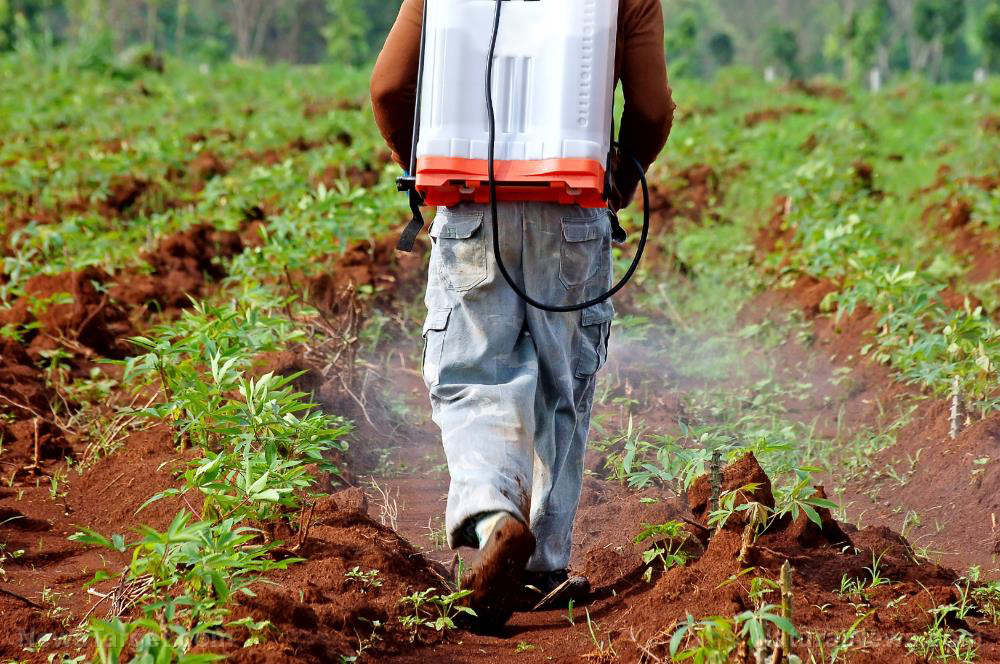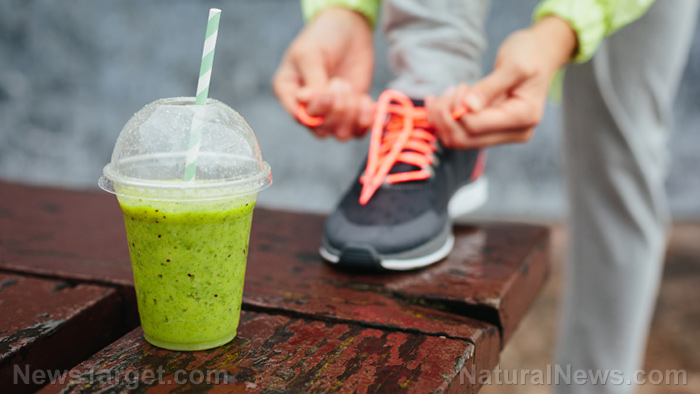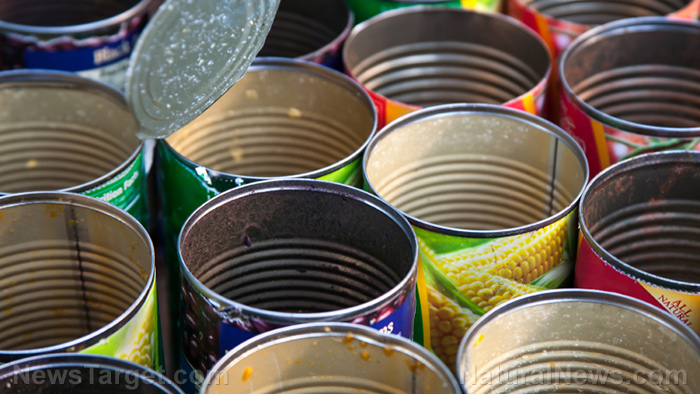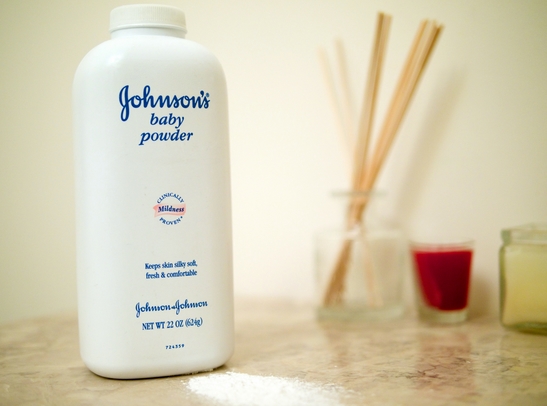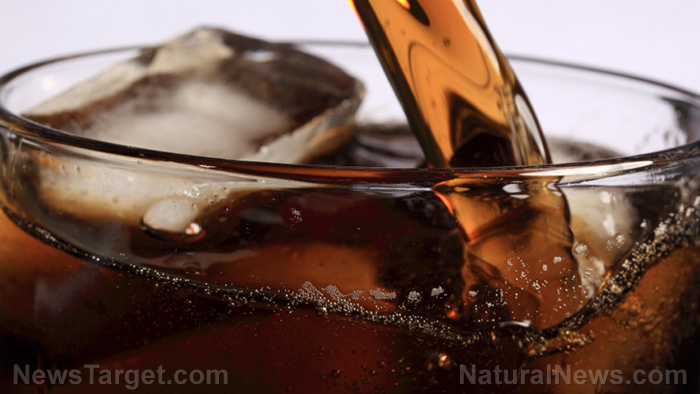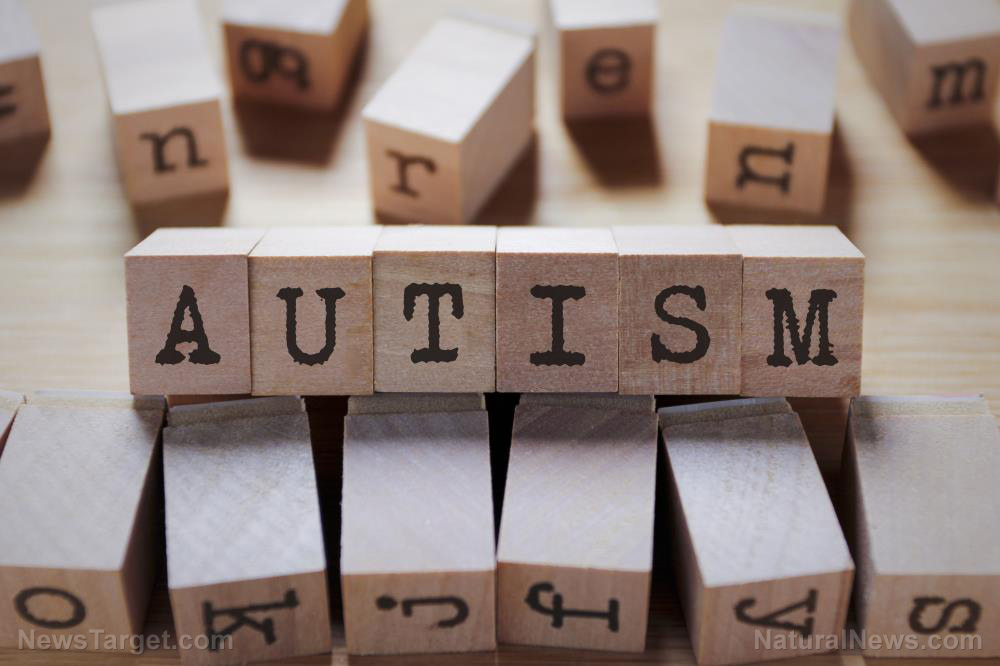Yoga pants and other popular clothing may be key source of seafood contamination
03/20/2019 / By Amy Goodrich
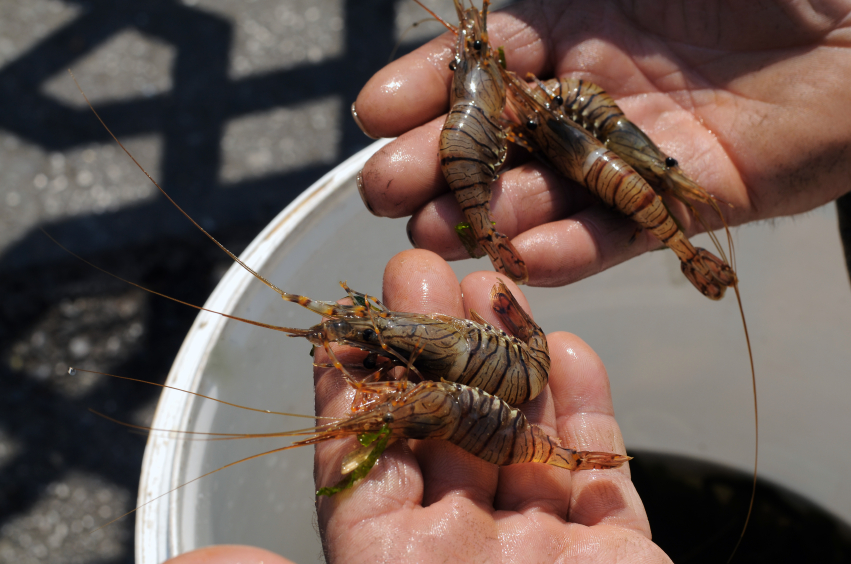
With garbage patches twice the size of Texas floating around our oceans, plastic pollution has become a major threat to the aquatic ecosystem. As reported by the University of Washington, plastic pieces are now outnumbering sea life six to one. While that doesn’t look good for the marine life, humans are also at risk.
Most plastics do not decompose. They break down into smaller pieces. And these tiny particles, among other toxins such as mercury from coal-burning power plants, are polluting the water and contaminating food sources such as sardines, oysters, mussels, and other types seafood, which eventually make their way to our dinner tables. These pollutants have been linked to several types of cancer, birth defects, immune system disorders, and developmental issues.
When we think of plastic pollution, items such as plastic bags, bottles, packaging, or other larger plastic materials immediately spring to mind as the source of the problem. Scientists, however, are more concerned about tiny plastics that enter our waterways on a daily basis since these have a much higher chance of being eaten by marine animals and thus ending up in our food supply.
More than 80 percent of plastic waste materials found in water samples are microfibers
Microfibers are the tiny fibers in synthetic clothing – such as yoga pants, fleece jackets, sweat-wicking athletic wear, and other garments – that are released every time you wash your clothes. According to some experts, these fibers could be poisoning our waterways and food chain on a massive scale.
From 2015 to 2016 the McGuire’s Florida Microplastic Awareness Project analyzed water samples from 256 sites around Florida’s peninsula and the Keys. Their results were striking, nearly 90 percent of the samples contained at least one piece of plastic. While McGuire expected to find microbeads mostly, 82 percent were microfibers, and only 7 percent were microbeads.
While plastic microfibers may be new to you, you might have heard about plastic microbeads. Microbeads are small plastic particles added to personal care products, such as toothpaste, body washes, or facial scrubs, for their exfoliating effect. These microbeads were recently banned in the United States because they have the potential to poison the environment and our food chain.
Now, researchers believe that microfibers flowing out of our washing machines and drains are becoming an even bigger concern to our health and that of the environment and marine life.
Building on previous findings of microscopic plastics in our waters, Gulf Coast researchers led by the Mississippi-Alabama Sea Grant Consortium launched a new two-year project to set up coastal cleanup events and analyze the waters from south Texas to the Florida Keys for microfibers.
Plastic microfibers in your yoga pants or fleece jacket are the real plastic threat
In a study funded by outdoor clothing manufacturer Patagonia, researchers at the University of California found that each time you wash a synthetic fleece jacket 1.7 g of microfibers are released. Of these microfibers, nearly 40 percent ends up in rivers, lakes, and oceans via local wastewater treatment plants.
Because of their small size, these plastic fibers are particularly dangerous because fish and other wildlife readily consume them. But what’s worse, researchers have found that these fibers have the potential to bioaccumulate, resulting in higher concentrations of toxins in the larger animals higher up the food chain.
“It would be really great if the washing machine companies would get on board and come up with a filter to trap these microfibers,” said Caitlin Wessel, regional coordinator for the National Oceanic and Atmospheric Administration’s Marine Debris Program. “I think there’s a big push right now — nobody really disagrees that marine debris is an issue that needs to be addressed.”
Sources include:
Tagged Under: clothes, environment, fleece jackets, food safety, marine life, microbeads, microfibers, Plastic, sports wear, synthetic clothing, toxic chemicals, yoga pants


